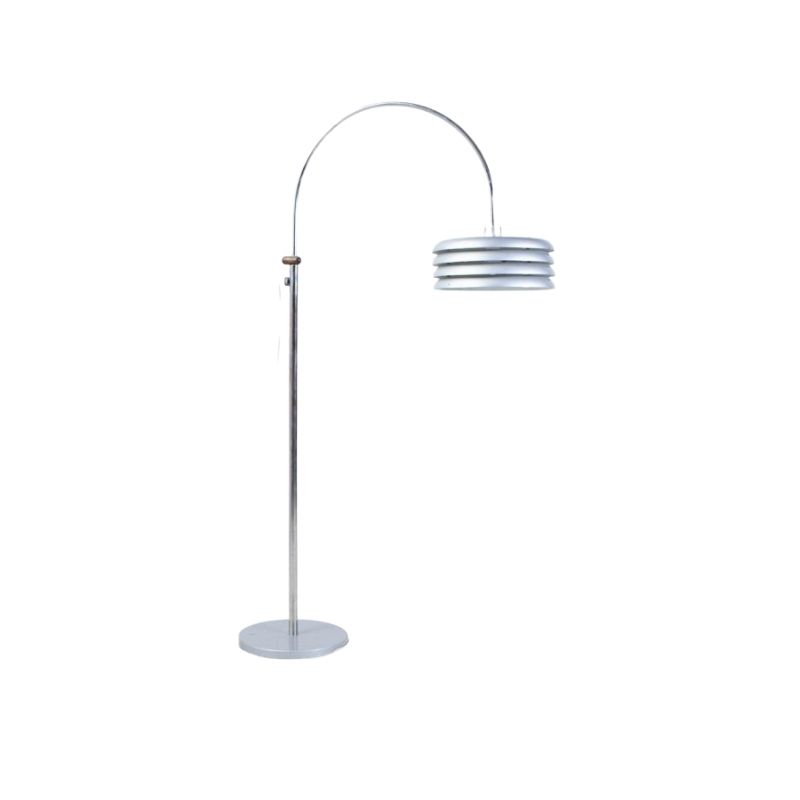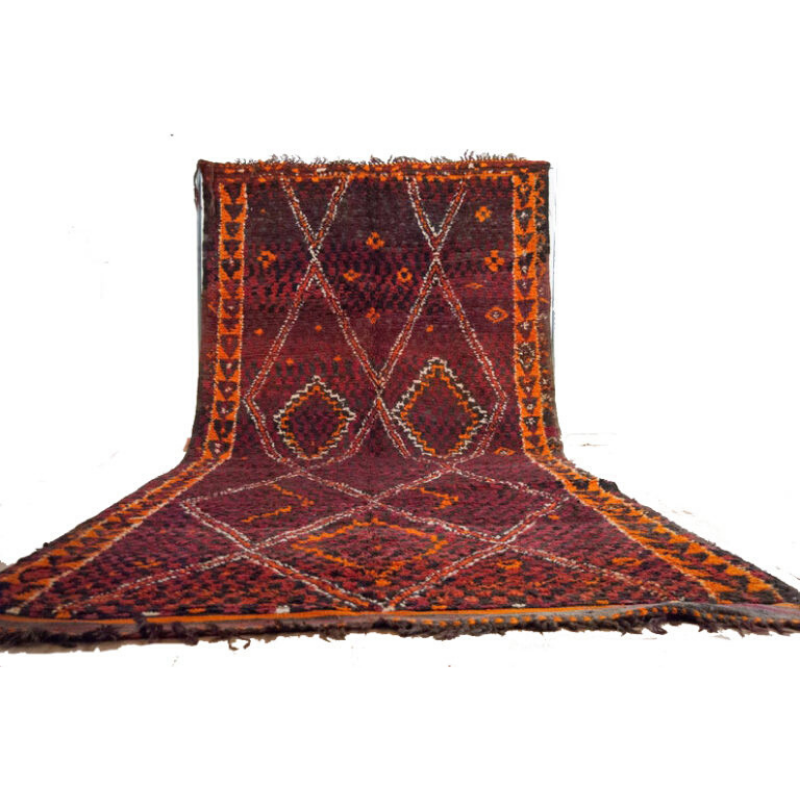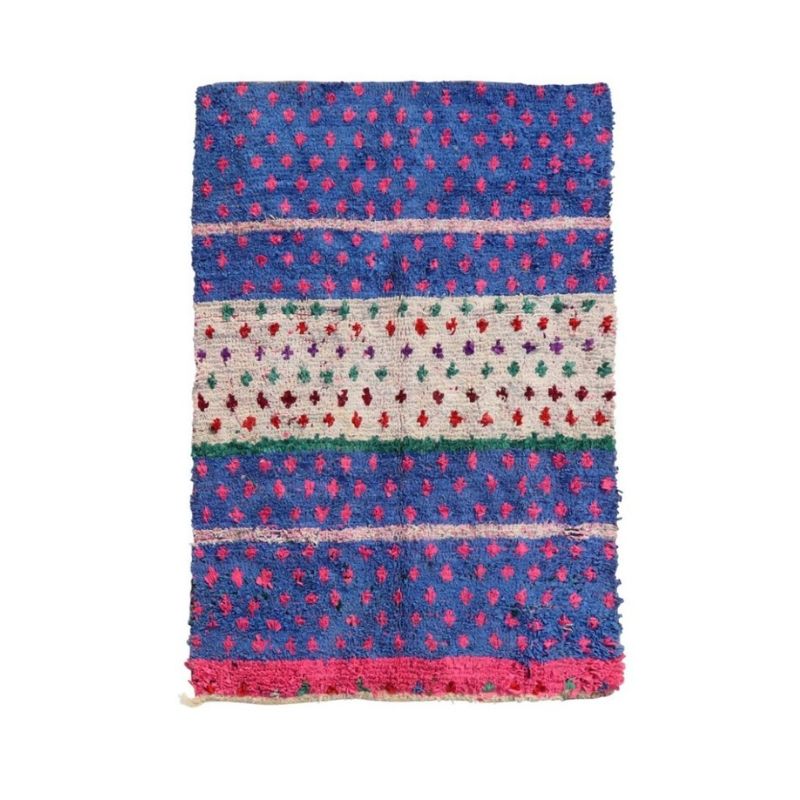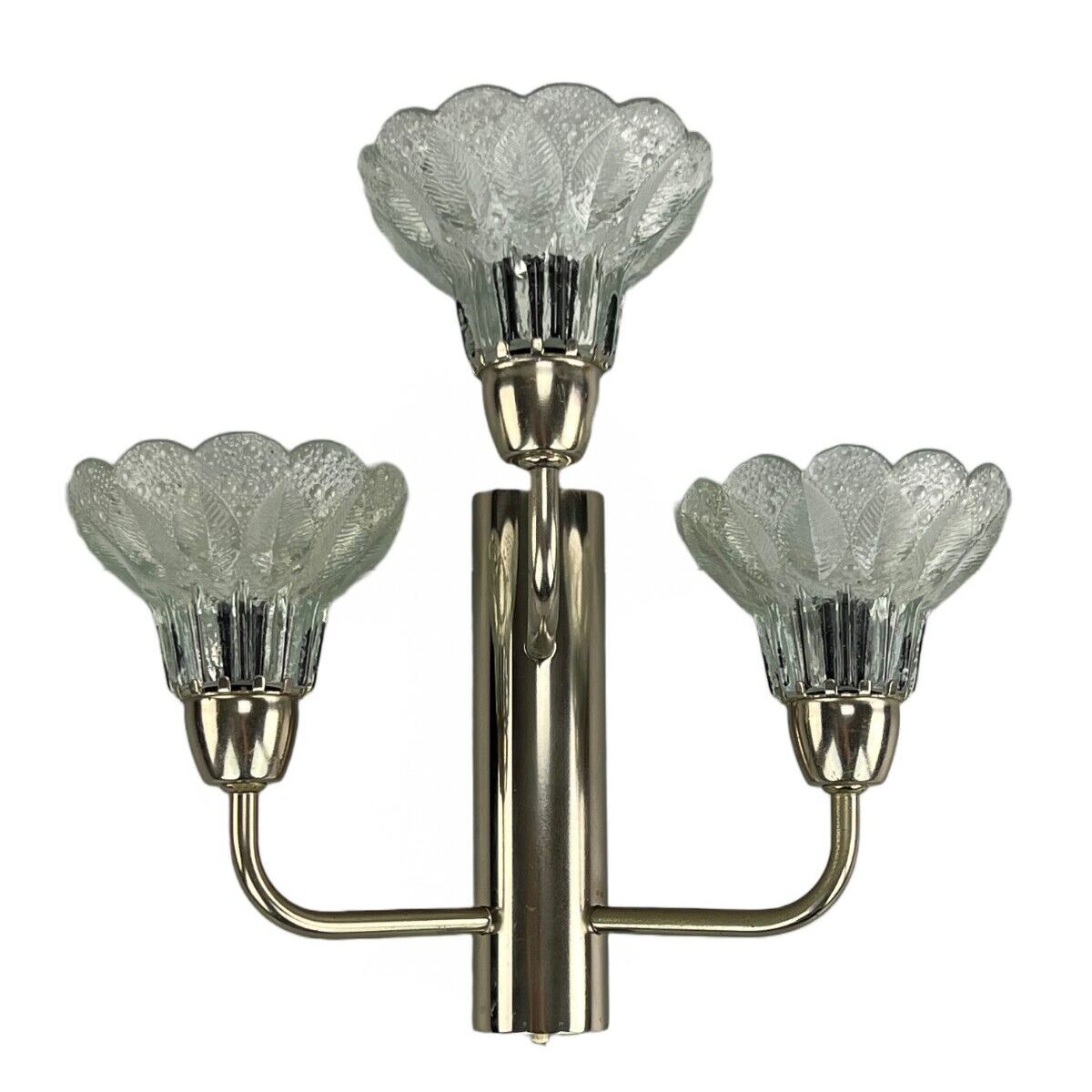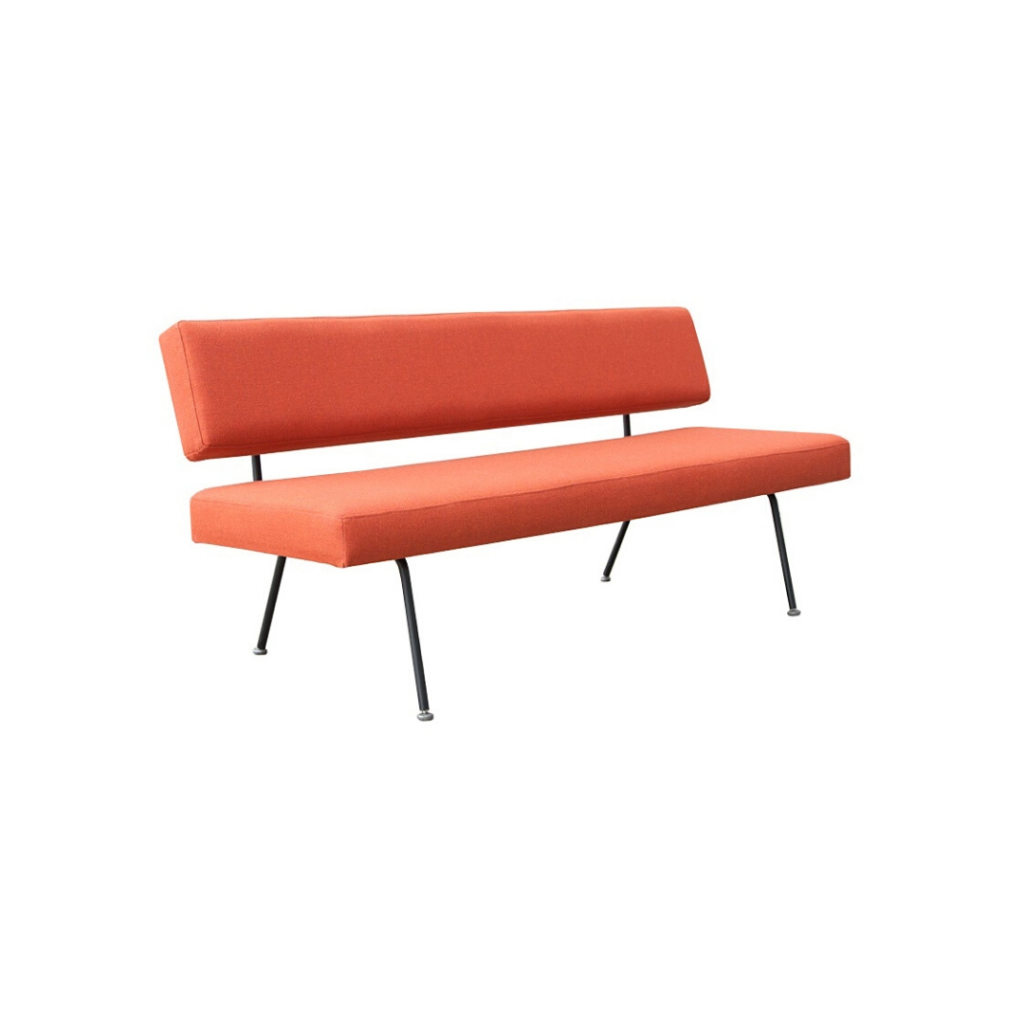Wow, guys, awesome thread!
As an avowed flower freak and kebana enthusiast, my reactions are:
1. James' ball in the vase is a really cool thought, but I'd want to have a opaque vase. Similarly, I like Koen's ceramic star thingie, but also would like to hide it. I've use the glass frogs shown and I've used willow sticks woven into a rough ball as annchor as well.
2. The thing that intrigues me about hte original design is the possiblity thatthe 'fingers' could be flexible. So often it's hard to make that one stem/branch sit right where you want it. I am thinking of covered wires that I can bend, wrap and wiggle through my arrangements to hold them just so.
Can brilliant design dudes do that?
Stopper shaped rods
Thanks Koen, let me try again.
If in your impossible drawing the outside body of the vase waved, something like the top of your vase shown above containing white roses, but in a vertically ribbed series of half tubes which have the same outside diameter as a rod. (What?) Above the insertion hole in the rim the diameter of each rod matches the outside curves in the base but where they fit through the holes a smaller diameter aligns with the inside of the base section. Like a stopper in the neck of a bottle. (Get it yet?) The appearance would be of rods the same thickness as the rim of the vase and below each rod would be supported against the inside of the half tube shaped wall. If every second wave has no rod we would maintain Patricks proportions.
OR
Simplify! Now that I think about it we could do without my curves and just make stopper shaped rods with two different diameters above and below the rim. Bundle of sticks type of base gives an apparent continuity extending from the base to the rods above and might support the stoppers better whereas there is a wonderful simplicity in the cylindrical base of Patricks original concept.
AND
Ill be back . . .
Hi Robin
I fully understand your proposal. The only reason why I did not suggest to change the diameter of the rods at the point of insertion is that we are still talking about 8mm diam. rods. In that small a diameter it is impossible to cast a straight rod unless it has the same diameter everywhere and can be cast solid. The drying process of a thick section like 8mm would not be without problems at the point where the diameter is reduced to say 5mm. from a production point of view I would prefer rods that are twice as large 16mm and cast them hollow. But if I reduce that diam. to 8mm at the place of insertion (which only gives me 4mm wall thickness for the vase...I would be back at square one...a rod that I can not cast hollow. I also would have to make a substantial number of holes in the rim. A dangerous process in greenware( unfired ceramics) because before firing it is very fragile. I have sometimes solved that problem by mixing VA-glue (normal carpenter's glue) in the water of the clay. It makes it a lot stronger but it deteriorates the moulds. To do exactly what Patrick wants would be possible by casting a large number of small conical pins in the rim and put (hollow) rods on top...again, it has to ba hollow. The problem with the conical pins is that they will hold air bubles when the slip rises in the mould. So they have to be vented..
I will make a few sketches to clarify but Europe is already well into the night so Patrick will only be able to put it in tomorrow morning.
James'
"ball" raises the usual question in design..."What is the competition doing?" Most of the time it is rather easy to know of whatever is on the market (shows, Google, store visists etc.) or what could have been (patent office registrations) But what about the projects on which your competition is working?
James' ball would be relatively easy to make by casting two parts and putting them together but the most appropriate production would be in an injection moulded acrylic (to use Olive's suggestion of making it less visible)
Polyhedra
The form of the ball is actually a polyhedron described by Archimedes in 200 something BC. It's a trunctated icosahedron. See the link below if you have shockwave and scroll to the Archimedean solids, it's the fifth Archimedean solid. Lots of other polyhedra (see same link for others) would work as well or better and would be very cool in a high fired porcelain if it can be done. Slip casting you say.
http://www.kayingleside.com/polyquad.html
I too think we should stick...
I too think we should stick with Patrick's idea and see if we can make it truly beautiful without moving too far away from the initial idea.
I'll give you my input too. Sadly, all I have is to illustrate my idea is Windows' Paint program. I hope you'll get where I'm going by looking at the horrible drawing I've made (damn Koen, I can look at you drawings for hours). It's made completely without any regard of proportions as I've focused on the idea instead.
So, if the sticks/rods are such a problem, why not intergrade them in the body itself and still keep their effect? I've held on to the vase's cylinder-shape but instead of rods, I've sort of waved the top rim (very similar to the edge of Alan Fetcher's "Clam" container - see attached picture in next thread). This will keep the flowers in place just like the rods.
Then I've added holes in the body to keep the general impression light and to create a visual effect that allows you to slightly notice the stems and perhaps leaves of the flowers. One's attention is almost always focused on the flowerheads and I think that the rest of the flowers need some attention too, esp. in a cylinder-shaped vase like this. The holes also allows you to let small branches or just simply flowers portrude from the body of the vase which adds some extra interaction between user and vase. Maybe when the vase is standing near a windown/lamp it'll even cast some interesting shadows when light streams though the many holes and stems.
To keep the vase stabil around fx. cats, the bottom is made of stoneware. Inside there's a completely smooth transition between the porcelain/ceramic and the stoneware. Also, at the bottom the stoneware rises in circular walls to 1: help keep the branches/flowers in place, 2: resemble ripples like when throwing stones in the water and 3: create a beautiful visual effect instead of a boring flat bottom.
As flowers only need water at the base of the stem, the water level is not supposed to be more than perhaps 5 cm. That way the flowers will also breath more easily and last longer.

Alan Flether's (not Fetcher)...
Alan Flether's (not Fetcher) Clam container:
http://i143.photobucket.com/albums/r148/m_andersen/AlanFletcherClamConta...
I did a model which also had...
I did a model which also had concentric ring depressions cast into the base, is this easy to do Koen? I think it would help with arranging flowers (not that I know anything about arranging flowers). Excuse the sexism but could we get some input from some ladies who actually arrange flowers regularly?
Just to clarify you really want a mono- block ceramic vase that doesn't diverge too much from Patricks drawing?
Yeah, I think it deserves a...
Yeah, I think it deserves a nice, creative brainstorm before we perhaps move on to something different. But of course, should an fantastic idea pop up, we'll go with that.
It's just that you could easily draw 1.000.000 different vases and I'm sure 1.000.000 different vases have already been produced through time. But here we have an interesting wish/problem to fulfill/solve and I think it's important to keep that in mind for now, otherwise it's too easy to get lost in the endless possibilities of creating yet another vase.
I am with Martin...
...on the idea that we should develop this as if the Patrick concept was the chosen concept that had to be developed into a producable product. That does not exclude the fact that other ideas can come up. If we have some kind of concensus that they are good, I think we just should go ahead and do the same exercise and if it becomes a large collection, so be it. I feel that James' poly is one of these viable ideas and if he agrees we should put it on the list. But right now we are looking at improving Patrick's idea and make it feasable...
Design Jazz...
That's what's going on here, in case anyone wants a term for it.
I love it.
It is exactly what I was hoping for many months ago when I was suggesting DA add a drawing capability. I just knew if you people started sketching in the forum magic would happen.
One easy way to take this to an even more fluid level would be to add a Share Point back to DA where these kinds of threads could literally allow everyone to not only post their own versions, but also jointly work on the same drawing in real time while a chat window is open for all to comment upon as the process unfolds. Alas, Share Point, a Microsoft metaenvironment for virtual meetings is not free. But who knows. Maybe someone with deep pockets at Microsoft has a yen for design and would facilitate. Or perhaps there is an open source equivalent that could be the backend for DA.
But what is going on without any evolution is plenty exciting for me.
Still, you're going to regret not...
making it out of extruded aluminum with a powder coating. It still believe could be made EXACTLY as Patrick drew it. And it was the original idea that got to everyone, just as James' original idea did, too.
As an old Danish woman I know who designed boutique lingerie for 30 years in NYC likes to say, "Oeuf, it only takes one good idea to start a career."
Another suggestion ......
Another suggestion ... though I have no clue on how to make it.
But so far my favourite is Koen's sketch of the vase with the inspiration from Robin's idea about Roman fasces.
http://i143.photobucket.com/albums/r148/m_andersen/SuggestionForDAVase02...
Have I learned?
Thank you for your patience and this tutorial. Now let me see if I have learned anything.
Some of Atelier Orange products are cast in two pieces: stoneware and porcelain. Based on Martins idea could you cast a top section like a crown, with solid fingers rather than hollow rods? Would there still be the same potential problem at the ends of these fingers as you showed at the end of the conical pins? This would avoid individual joins for each rod. Construction would be similar to your oil container.
http://www.designaddict.com/design_index/index.cfm/fuseaction/showjumbo/...
If you need any help, please contact us at – info@designaddict.com




